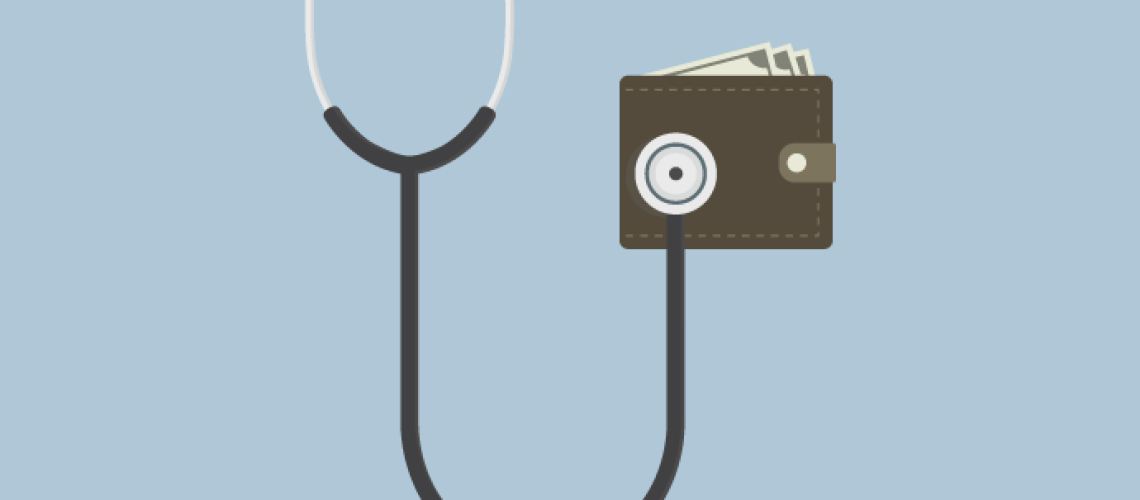Outpatient visits are being billed at higher levels, leading to increased healthcare spending and concerns about upcoding, a Peterson-KFF Health System Tracker found.
Healthcare providers can bill outpatient evaluation and management (E/M) claims at five different levels, determining a visit’s complexity.
Level 1 visits have the lowest complexity and require less time or straightforward medical decision-making. Level 5 visits are the most complex cases and require more time or very complex decision-making. Payers typically reimburse providers at a higher rate for more complex cases.
The American Medical Association (AMA) provides guidelines for determining the complexity of a visit. However, providers may inappropriately bill for more complex services, known as upcoding.
The analysis used claims data from the Merative MarketScan Commercial Claims and Encounters database from 2004 to 2021 to assess the trends in complexity coding across outpatient practice settings, including physician offices, urgent care centers, and emergency departments.
Over the study period, the share of outpatient claims billed at higher levels increased. The percentage of claims billed at moderate intensity (level 3) decreased from 60 percent in 2004, when it was the majority, to 45 percent in 2021.
At the same time, the share of claims billed at level 4 almost doubled, going from 19 percent in 2004 to 37 percent in 2021. The percentage of claims billed at the highest complexity (level 5) rose from 3 percent in 2004 to 6 percent in 2021.
The trend of higher-level claims was most pronounced in emergency departments. In 2004, the most common claim was level 3. However, in 2021, level 4 and 5 billing codes made up the majority of emergency department claims. The share of claims billed at level 4 rose from 25 percent in 2004 to 35 percent in 2021. The share of level 5 claims increased from 8 percent to 25 percent over the same time.
In outpatient physician offices, level 3 claims were the most common over the study period. However, the share of level 3 claims declined from 61 percent in 2004 to 48 percent in 2021. The percentage of level 4 claims rose from 20 percent to 38 percent between 2004 and 2021.
Level 1 and level 5 claims accounted for a small share of claims at outpatient physician offices throughout the study period.
Higher-level claims are also becoming more common in urgent care centers, the analysis found. In 2004, the share of urgent care claims billed at level 4 was 21 percent. This figure rose to 49 percent in 2019 before dropping again during the COVID-19 pandemic.
Almost a quarter of claims were level 1 or level 1 in 2004, but by 2019, level 2 claims accounted for 5 percent and level 1 claims accounted for 0 percent of claims. The share of lower-level claims increased during the pandemic, perhaps due to shifting healthcare use or billing practice changes, researchers suggested.
Coding complexity levels increased even for certain diseases that are less likely to worsen over time. For urinary tract infections (UTIs), level 3 claims accounted for 54 percent of emergency department claims and 67 percent of physician office claims in 2004. In 2021, level 3 claims accounted for just 31 percent of emergency department claims and 57 percent of physician office claims.
Meanwhile, the share of level 5 claims for UTIs increased from 3 percent to 20 percent of emergency department claims between 2004 and 2021.
Similarly, level 3 claims were the most common for headaches in 2004 in physician offices and emergency departments. In 2021, level 4 claims accounted for the majority in both settings. The share of headache claims billed at level 5 in the emergency department grew from 3 percent in 2004 to 21 percent in 2021.
The cost of higher-level claims is growing faster than that of lower-level claims, the analysis noted.
If outpatient visits were billed at the same levels as ten years ago, physician office and emergency department E/M spending would have been 4 percent lower in 2021. If visits were billed at 2004 levels, emergency department spending would be 11 percent lower, and physician office spending would be 10 percent lower in 2021.
“Overall, our findings demonstrate that regardless of the driving factors, increasing billing at higher levels for outpatient care has led to substantial increases in outpatient visit spending at the health system level,” researchers concluded. “For consumers who bear the marginal costs of more expensive services—those with co-insurance or deductibles—this trend impacts out-of-pocket costs in addition to overall health system costs.”
——————————————————
Photo courtesy of: State of Reform
Originally Published On: State of Reform
Follow Medical Coding Pro on Twitter: www.Twitter.com/CodingPro1
Like Us On Facebook: www.Facebook.com/MedicalCodingPro







